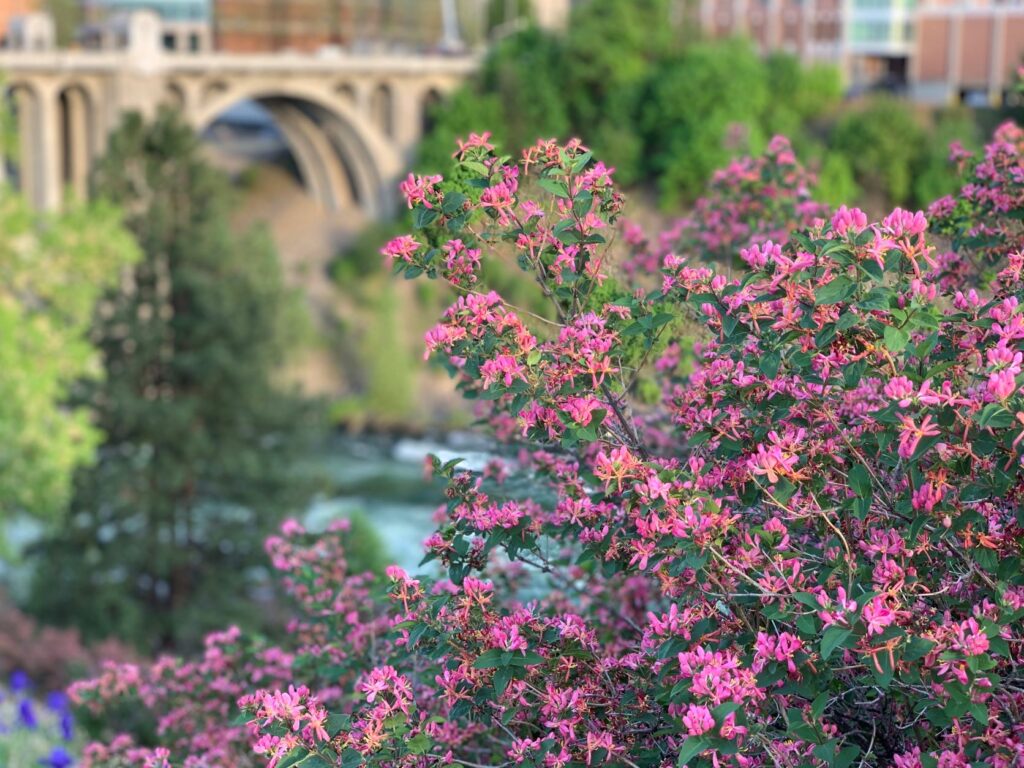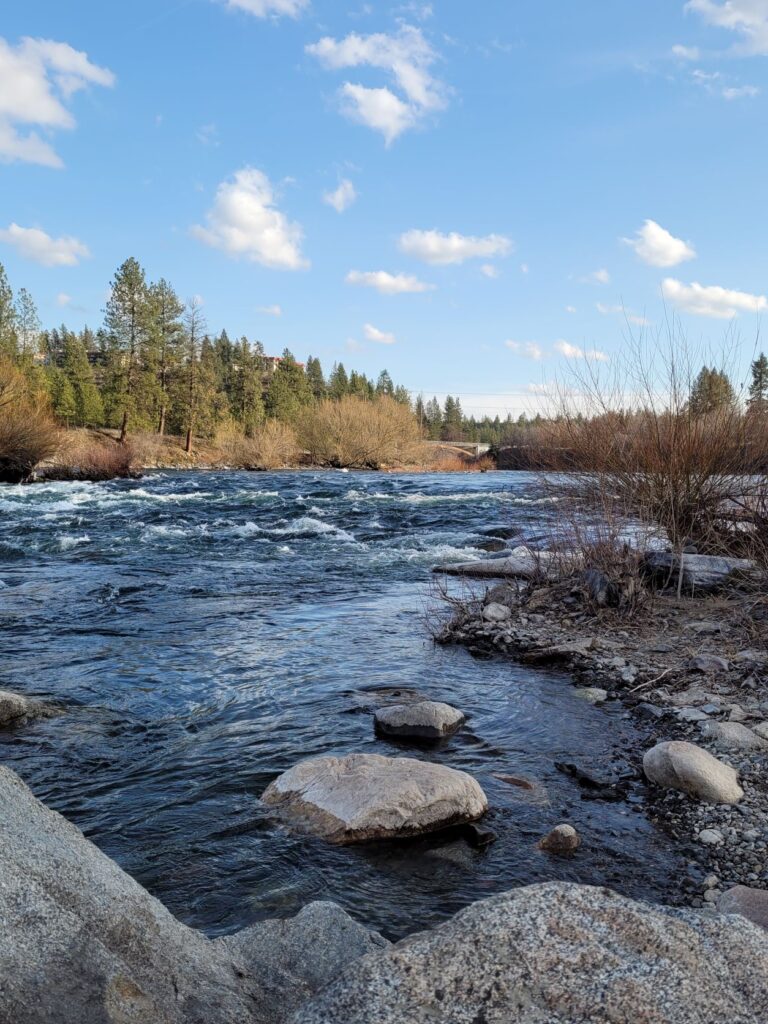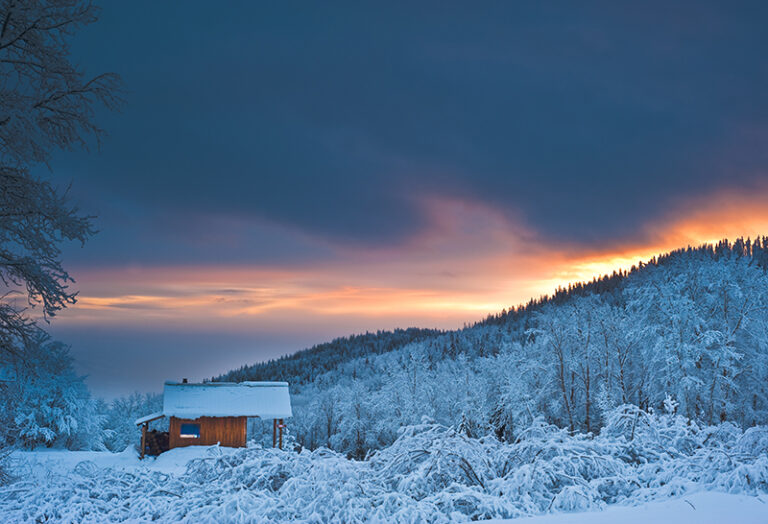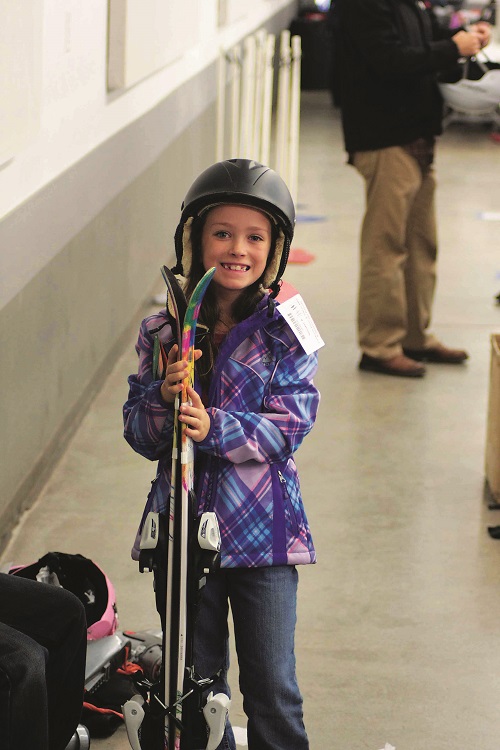One morning I woke up to find several new plants in my front yard that seemingly sprouted to near mature size overnight. I was puzzled why my wife would plant these hardy-looking native grasses and plants in a part of our yard that was slated for re-landscaping, but I soon learned it wasn’t her. None of our friends would fess up to this random act of guerilla landscaping either.
The rogue plants showed up at just the right time, though, as we were in the process of replacing much of our front lawn and water-hungry perennials following the recommendations laid out by the SpokaneScape program, which helps people conserve water by creating less thirsty yards. It even offers a water bill rebate on approved projects in the city.
While this spring has been an unusually wet one, the past several summers and climate data point to hotter, dryer, and smokier conditions here and throughout the Intermountain West in the years ahead. And in a region that is seeing explosive growth, that means even more pressure on our limited water sources if we don’t change our ways.
Replacing all or some of your lawn with native plants is one easy, fun, and money-saving way to reduce our region’s above national average water usage and limit the stress we’re putting on our rivers and aquifers. But smarter landscaping isn’t enough. Water conservation needs to be a way of life so that enough water is left in our rivers and streams for fish, wildlife, and summertime recreation.

Thankfully, a veto-proof majority of the Spokane City Council agreed with this thinking and recently passed a water conservation ordinance, despite lack of support from Spokane’s mayor. The ordinance, similar to rules in other arid cities across the West including the nearby town of Cheney, codifies a drought response plan for the city that includes both voluntary, and, in extreme drought conditions, mandatory common-sense measures to reduce water consumption.
But we don’t have to wait for drought conditions to do our part. Check out Water Wise Spokane for great information and tips for conserving water, and reach out to the SpokaneScape program to get started on your own yard renovation.
Back in my own slowly transforming front yard, the mystery surrounding our acquired yard greenery that we transplanted to a permanent location was solved. A friend of mine I hadn’t suspected apparently had a few leftover native plants from his own landscaping project and plunked them down in our yard. I appreciated the gesture and am happy to do my part to save water in my home and yard.
The kind of community most of us want to live in, I believe, is one that is forward thinking and encourages us all to do the right thing, which in this case means putting rules in place that will keep more water in the aquifer and river where it belongs.

Born and raised in Spokane, Wash., Derrick Knowles is OTO publisher and editor-in-chief.
Find more stories about water conservation in the OTO archives, like this April 2020 issue story, “Get Paid To Make Your Yard Less Thirsty.”













